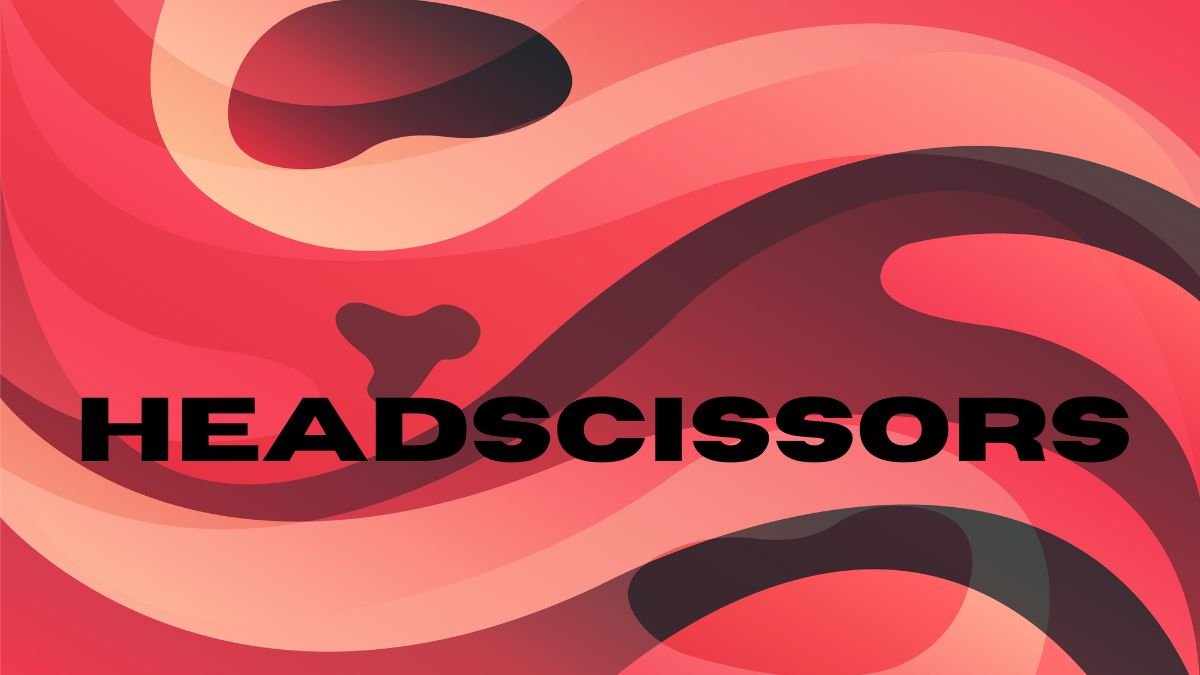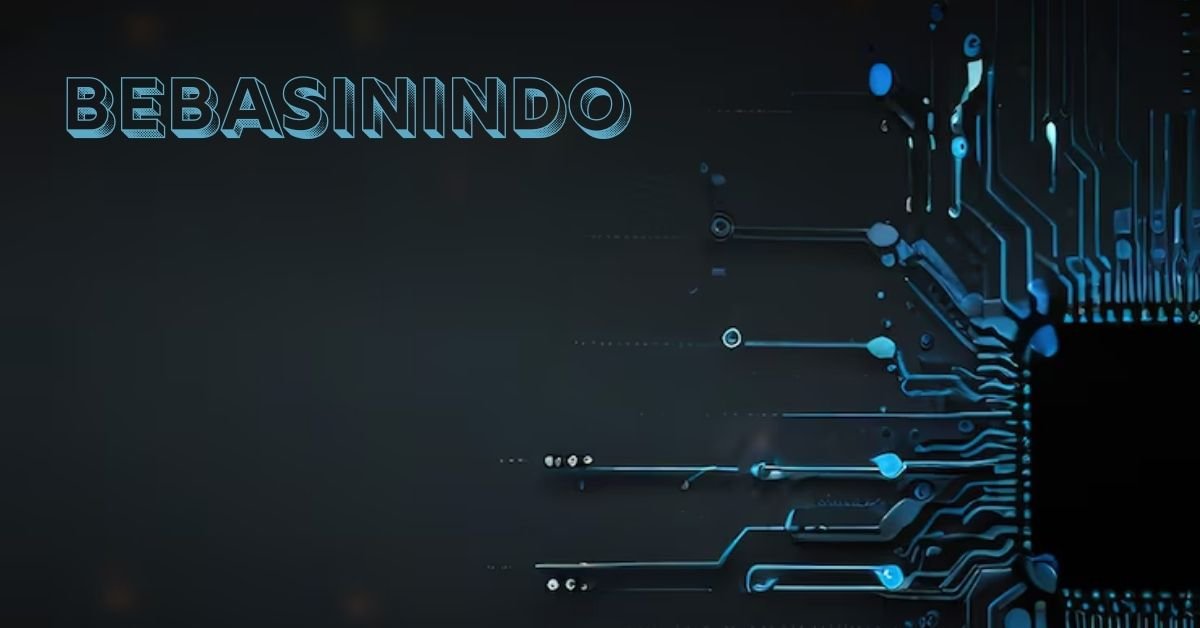Headscissors are a fundamental technique in various grappling arts, including Brazilian Jiu-Jitsu, wrestling, and MMA. This maneuver involves using your legs to trap an opponent’s head, applying pressure to control or submit them. It’s a versatile and powerful technique, ideal for both defensive and offensive scenarios. Understanding the mechanics and applications of it can greatly enhance your grappling skills and overall martial arts proficiency.
Understanding the Basics of Headscissors
Headscissors involve wrapping your legs around your opponent’s head and using the pressure from your thighs to control their movements. This technique can be executed from various positions, including the ground or standing. The primary goal is to limit the opponent’s ability to move or escape, creating opportunities for submission or positional advantage.
Executing the Standard Headscissors
To perform a standard headscissors, start by lying on your back with your legs raised. Place one leg around the back of your opponent’s neck and the other leg over their face, securing their head between your thighs. Squeeze your legs together to apply pressure, making it difficult for your opponent to breathe or move. This position can be used to control your opponent or force them into submission.
Mastering the Reverse Headscissors
The reverse it is executed while you are lying on your stomach. To apply this technique, place your opponent’s head between your legs and squeeze your thighs together. This position allows you to exert pressure from a different angle, which can be particularly effective in catching your opponent off guard. The reverse headscissors is useful for transitions and can surprise opponents who are not prepared for this angle of attack.
Using Side Headscissors Effectively
The side headscissors involves trapping your opponent’s head between your legs while you are lying on your side. This variation offers a different leverage point and can be used to transition into other moves or submissions. By controlling your opponent’s head from the side, you can maintain balance and apply pressure while remaining in a stable position.
Benefits of the Headscissors Technique
Mastering headscissors provides several benefits, including improved control, effective submission holds, and enhanced grappling skills. By practicing this technique, you can gain better control over your opponent, limit their movement, and create opportunities for other techniques.
Enhancing Control with Headscissors
One of the primary benefits of headscissors is the increased control it offers. By trapping your opponent’s head, you can restrict their movement and limit their options. This control allows you to dominate the fight and force your opponent into a defensive position, giving you a tactical advantage.
Utilizing it for Submissions
Headscissors can be an effective submission hold when applied correctly. The pressure from your legs can cause discomfort and force your opponent to tap out. By practicing the technique and understanding the proper application, you can use headscissors to secure victories and finish fights effectively.
Improving Grappling Skills
Practicing headscissors improves your overall grappling skills. It teaches you how to balance your body, apply pressure accurately, and read your opponent’s movements. These skills are transferable to other techniques and can enhance your performance in various martial arts disciplines.
Safety Tips for Practicing
While headscissors are a powerful technique, it’s essential to practice safely to prevent injuries. Proper technique, recognizing limits, and avoiding overuse are crucial for ensuring both your safety and that of your training partners.
Ensuring Proper Technique
To avoid injuries, focus on executing headscissors with proper technique. Incorrect positioning or excessive force can lead to strain or harm. Always practice under the supervision of a qualified instructor who can provide guidance and correct any errors in your technique.
Recognizing and Respecting Limits
Be aware of your training partner’s limits and be prepared to release the hold if they signal distress. Safety should always be a priority in training, and ensuring your partner’s well-being helps maintain a positive and effective training environment.
Avoiding Overuse of Headscissors
Relying too heavily on it can make your technique predictable and easier for opponents to counter. Balance your training by incorporating other techniques and maintaining a versatile approach to grappling.
Common Mistakes and How to Avoid Them
Understanding and avoiding common mistakes in headscissors can improve your effectiveness and reduce the risk of injury. Incorrect leg placement, overextension, and insufficient pressure are common issues that can affect the success of the technique.
Correcting Leg Placement Issues
Proper leg placement is crucial for the effectiveness of headscissors. Ensure that your thighs are positioned correctly around your opponent’s head to maximize pressure and control. Incorrect placement can reduce the technique’s effectiveness and make it easier for your opponent to escape.
Preventing Overextension
Overextending your legs or torso can leave you vulnerable to counter-attacks. Maintain a strong and balanced position to avoid being caught off-guard and to ensure that you can effectively apply and maintain the headscissors.
Applying Sufficient Pressure
To control or submit your opponent, you must apply consistent and controlled pressure. Applying too little pressure may not effectively achieve your goals, while too much pressure can cause unnecessary harm. Focus on maintaining the right amount of pressure to ensure effectiveness and safety.
Training Tips for Improving
Improving your headscissors technique requires dedicated practice and refinement. Drilling with a partner, incorporating strength training, and analyzing your technique through video reviews can help you enhance your skills.
Practicing with a Partner
Regular practice with a training partner is essential for mastering headscissors. Drilling the technique allows you to build muscle memory, receive feedback, and make adjustments to improve your execution and effectiveness.
Strengthening Your Body
Strength training can enhance your ability to perform headscissors effectively. Focus on exercises that strengthen your legs and core, such as squats, lunges, and leg presses, to improve your overall grappling performance.
Analyzing Your Technique
Recording and reviewing your headscissors techniques can provide valuable insights into areas for improvement. By analyzing your movements, you can identify adjustments and refine your technique to achieve better results.
Headscissors Across Martial Arts Disciplines
Headscissors are utilized in various martial arts and wrestling styles, each with its unique applications and adaptations. Understanding how it fit into different disciplines can enhance your overall grappling strategy.
Headscissors in Brazilian Jiu-Jitsu
In Brazilian Jiu-Jitsu, headscissors are used for both control and submission. The technique can be applied from various positions, including guard and side control, making it a versatile tool for BJJ practitioners.
Applications in Wrestling
Wrestlers use headscissors to gain control and score points. The technique is often employed to neutralize an opponent’s offensive moves and transition to other holds, making it a valuable part of a wrestler’s arsenal.
Utilizing Headscissors in MMA
In Mixed Martial Arts (MMA), headscissors can be used to control an opponent during ground fighting. The technique must be adapted to account for strikes and other aspects of MMA, requiring a versatile approach for effective application.
Conclusion
Headscissors are a valuable technique in grappling and martial arts, offering numerous benefits in control, submission, and skill development. By understanding and mastering this technique, you can enhance your grappling proficiency and improve your performance in various martial arts disciplines. Practice safely, stay aware of common mistakes, and continually refine your technique to make the most of it in your training.
FAQs
What are the primary goals of a head scissors technique?
The primary goals are to control or submit an opponent by trapping their head between your legs and applying pressure.
Is headscissors suitable for all levels of practitioners?
Yes, headscissors can be practiced by all levels, but beginners should learn under the guidance of an experienced instructor to ensure proper technique and safety.
Can headscissors be used in self-defense situations?
Headscissors can be effective in self-defense, particularly if applied quickly and correctly. However, always be aware of the context and potential risks.
How can I improve my headscissors technique?
Improve your technique by practicing regularly with a partner, engaging in strength training, and analyzing your movements through video reviews.
What are some common counters to head scissors?
Common counters include using leverage to escape or transitioning to different positions. Being aware of these counters can help you refine your technique and adapt to various situations.











